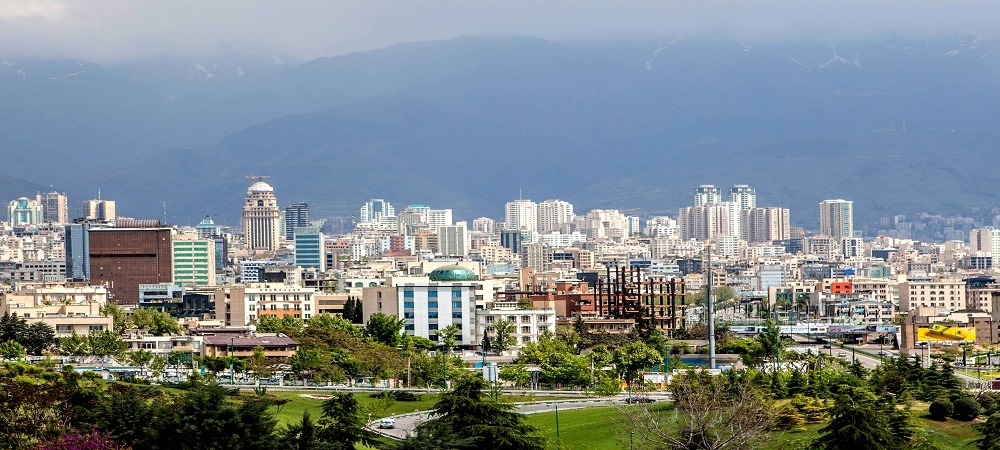Threefold Rise in FDI Bids

EghtesadOnline: Foreign investment in Iran has more than tripled in the current Iranian year (started March 20, 2016) compared to the years before the removal of nuclear sanctions, with the investments shifting to sectors with short payback period, the head of Foreign Investment Association at Iran Chamber of Commerce, Industries, Mines and Agriculture said.
“Foreign firms have submitted requests to invest more than $11 billion in Iran so far this year,” Hossein Salimi also told the Persian daily Shahrvand, adding that FDI stood at $3-4 billion under the sanctions.
Sanctions imposed by the European Union, United Nations and USA against Iran over its nuclear energy program were lifted on January 16 last year, when Iran and world powers officially started to put into effect the historic deal they clinched in July 2015.
Official reports indicate the Iranian government approved the attraction of $11.8 billion in foreign direct investment during the 12 months to December 21. Of this sum, $11.33 billion pertain to greenfield and $496 million to brownfield investments, according to Financial Tribune.
Europe took the lead in the size of investment, with Spain investing in a $3.2-billion project, followed by Germany with $2.96 billion in 17 projects and China with $895 million in 11 projects, a recent government report published ahead of the anniversary of the sanctions removal show.
The nuclear deal, formally known as the Joint Comprehensive Plan of Action, opened the gates to an inflow of foreign capital to rebuild infrastructures worn out and underdeveloped under the sanctions at a time when the country faced a steep plunge in oil price, which has traditionally been the government’s main source of revenues.
Although the government is working to do away with petrodollars to finance its development projects, authorities have no illusion that foreign investment is crucial for reviving the economy.
Water and energy (including renewables) projects had the largest share of FDI approved during the period with $8.1 billion going to 35 projects, while services and tourism (17 projects worth $1.53 billion) and industries and mining ($1.53 billion for 48 projects) stood at second and third places in attracting the largest amount of FDI during the period under review.
Salimi said Iran’s oil and gas industries no longer offer the most attractive opportunities to foreign investors.
“Tourism … and renewable energies account for a majority of the investment bids made by private investors,” he said.
Majid Fani, deputy head of ICCIMA’s Foreign Investment Commission, explains the investors’ preference for short payback in tourism and renewables.
“Payback period for investment in the hospitality industry of Iran, which is among the most attractive countries in terms of tourism, stands between three and five years, while the period is way longer for oil industry,” he said.
According to ICCIMA, Germany accounted for 25% of all the investment bids made this year, while the Germans have shown the most interest in renewable energies.
Iran’s policy is to attract investment in renewable energy infrastructure. The installed capacity of renewable sources is planned to increase by 100 MW in the current fiscal year that ends in March 2017. Iran’s total installed power generation capacity for renewables, including wind and solar, is close to 250 megawatts. Plans have been made to raise the capacity to 300 MW by 2018.
As part of efforts to cap emissions from greenhouse gases, Iran informed the Paris Climate Conference last year that it would produce up to 7,500 MW from renewable sources. This requires an investment of at least $12 billion.
According to Fani, state-dominated economy is the main obstacle to Iran’s efforts to attract FDI.
“It is also the main reason behind the inclination of businesses to invest in sectors with shorter payback period,” he said.
“Corruption and rent seeking, which have always been considered the main impediments to foreign investment inflow, are the side-effects of state-run economy.”
This has increased investment risk in Iran, which Fani believes can be mitigated by short-term measures such as drawing on the services of financial insurance entities such as Italy’s SACE.


